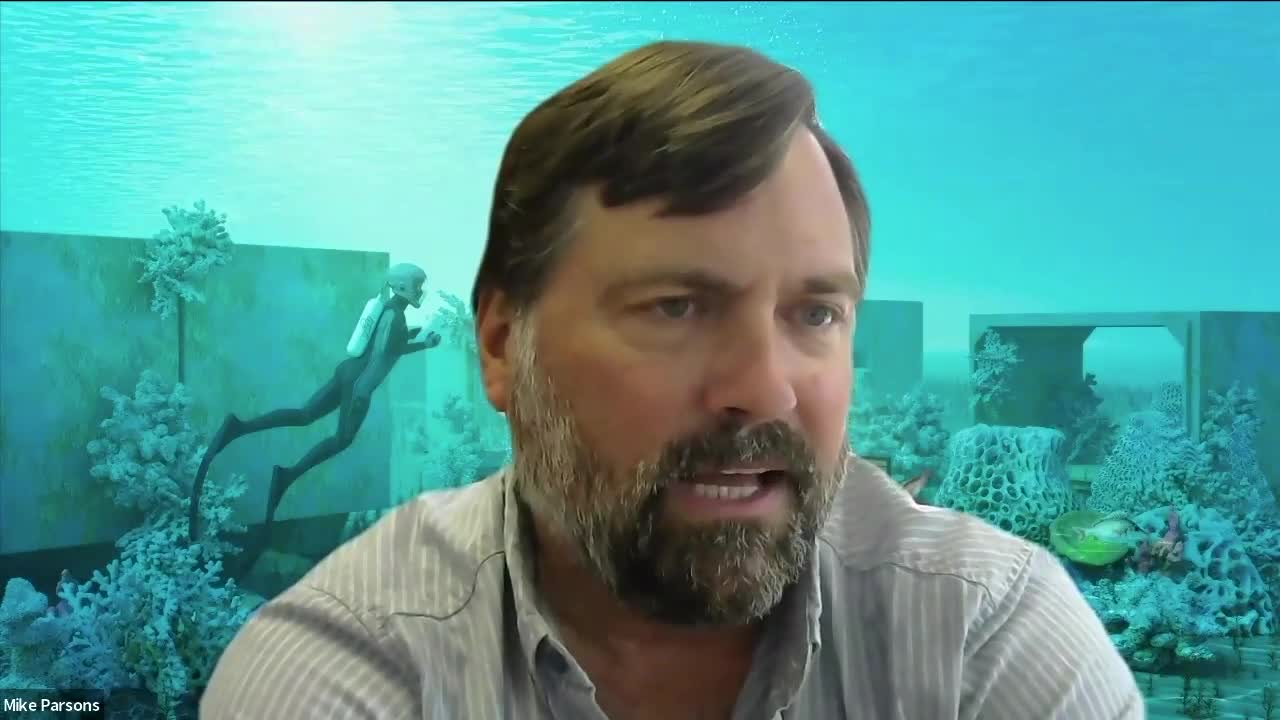CAPE CORAL, Fla. — We're getting a firsthand look at the charcoal now being used to fight a Cape Coral Blue Green Algae bloom outbreak impacting 20 acres in the freshwater Borris Canal System.
The canal system includes six freshwater canals located south of Sattlewood Farms, west of Trafalgar Middle School, and east of Sandoval; where you will see warning signs warning of the risks. Those warnings include not eating shellfish from the Borris Canal System or swimming in the canal or touching your face or eyes if you come into contact with the water in the canal.
After discovering blue-green algae last week, the City of Cape Coral is starting to take steps to remove those algae from the system. Thursday’s actions are deploying 100 of these charcoal screens that will remove nutrients from the system.
The screens stretch across the canal's algae-contaminated area near Veterans Memorial Parkway and SW 20th Avenue.
Cape Coral’s Environmental Biologist Kraig Hankins says the idea is once the algae are killed, there will be an increase in water nutrients. That is not a good thing, Hankins says if they are not removed, they could feed a future Caloosahatchee River bloom.
Charcoal screens, Hankins says, work as a home tap water drinking filter.
“It acts to remove about 95% of the phosphorus, 90% of the nitrogen, it will remove heavy metals if those are in the system,” said Hankins. “It basically locks that kind of stuff and acts like a sponge. So it will hang on to it. So, we will leave these in place for maybe 2 months. And once the algae are treated, the nutrients will be released and come downstream. And we are trying to catch it before it goes across Veterans, and that’s saltwater."
Hankins says this will be a two-month process. Once this is done each screen will be nutrient-filled, so they can be sold back to the vendor to then be resold to help with agricultural planting. They plan to re-sell the 9-dollar screen for 4 dollars.
As for the algicide, a peroxide-based solution will be used, which acts as an oxidizer. Think steel or iron turning to rust. The hope is it kills the algae.
We asked FGCU Water School professor Dr. Mike Parsons if he agreed with what cape biologists are doing.
“Yeah, because you are dealing directly with the problem which is the bloom with the hydrogen-peroxide,” said Dr. Parsons. “And you are dealing with one of the causes of the problem which is the nutrients that lead to the bloom in the first place.”
Dr. Parsons, also a member of the state's Blue-Green Algae Taskforce, says he does not expect the solution to hurt or kill fish, because it's only made of water and oxygen. but he says you still need to be careful.
“It’s like if you are going to overthrow a government and then you have a power vacuum,” said Dr. Parsons. “Who is going to step in? So, you are removing all the coccoid bacteria or the majority of it. You are removing other microalgae, single-cell algae, and bacteria. So, who is left to fill that void and how are they then going to change conditions? Will it be for the better? Will you get a different species blooming?”
Dr. Parsons believes the charcoal screens, which remove water nutrients that can cause future algae blooms, show him Cape Coral city biologists are already thinking about potential future problems.





